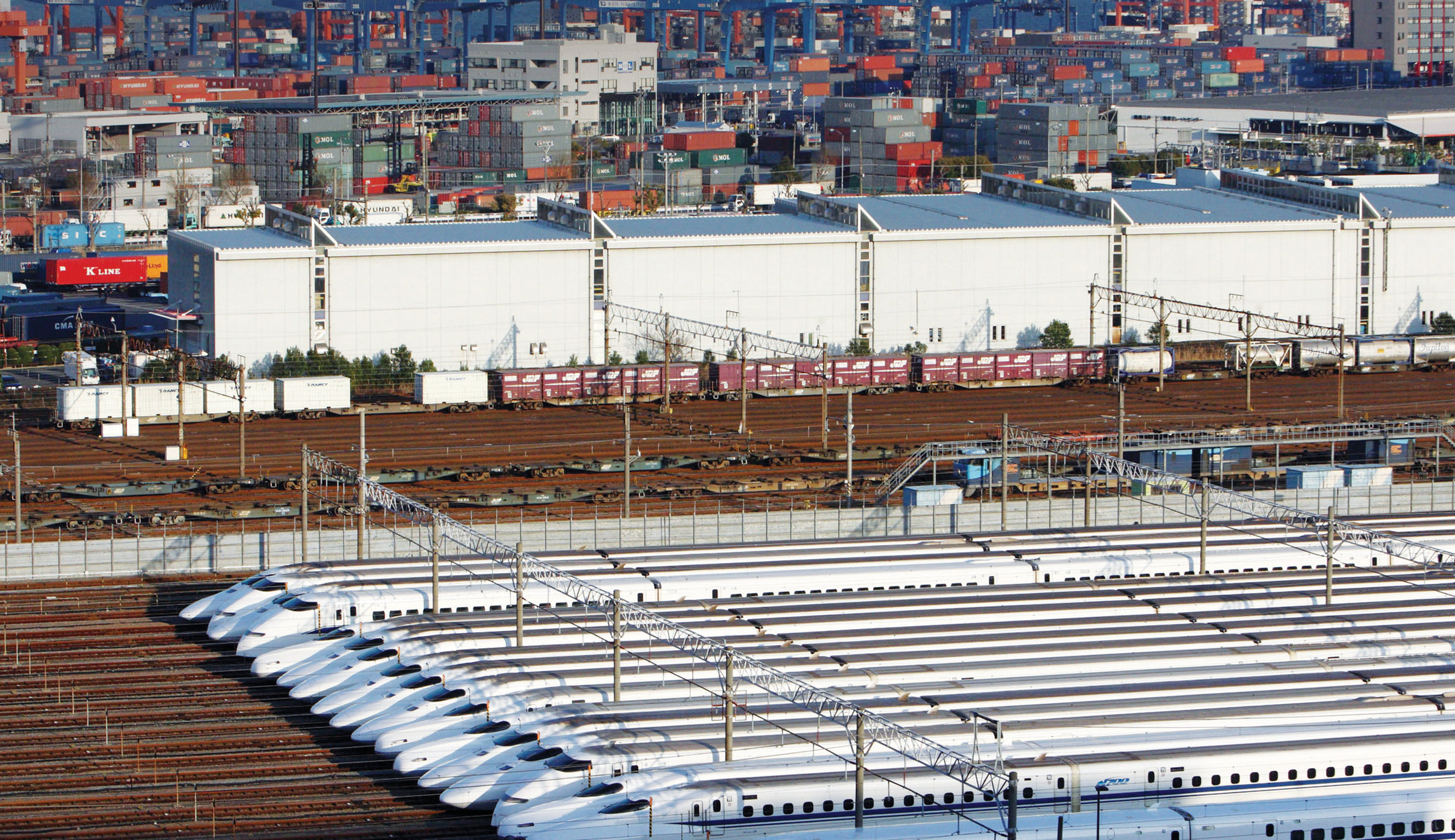Since the onset of the COVID-19 pandemic, there may not be a more protested vaccine mandate than the Canadian one that cross-border truckers must be vaccinated.
In January, thousands of truckers traveled to Ottawa and shut down many of the everyday workings of the capital. Many of the trucks traveled along Highway 1, starting in British Columbia. Canadians have raised millions of dollars to support the truckers, and hundreds of thousands of Canadians, at the very least, have cheered on their efforts.
“Watching these videos of the convoy is the only thing that gives me hope right now,” wrote one Alberta mother on Facebook.
Now, a large but disputed number of those trucks have parked in Ottawa and say they won’t leave until the government gives Canadians their pre-pandemic freedoms back. Efforts to remove them have run into passive resistance among Canadians who sympathize, including many tow truck drivers.
Canadian Prime Minister Justin Trudeau was moved to an undisclosed location. There were rumors he’d fled the country, though these were quashed when the government admitted he is also ailing with COVID-19.
Meanwhile, Conservative Party leader Erin O’Toole lost his job last week because of a caucus vote of no confidence in his leadership under COVID-19.
O’Toole’s temporary replacement, Candice Bergen, a member of Parliament from the Portage-Lisgar riding in Manitoba, has straddled the line of acceptable discourse when it comes to dealing with the truckers.
On the same day on Twitter, Jan. 31, Bergen both thanked the police for “their work in maintaining the peace over the past several days” and insisted that “the Liberals and their friends in the media are misleading the public about what’s really happening on Parliament Hill.”
Bergen met with the truckers publicly and posted pictures.
“Here are some Manitobans I met and talked with last night,” she wrote. “These were the ‘unacceptable views’ they were expressing: they and millions like them have had enough of the lockdowns and broken promises. They deserve to be heard, and they deserve respect.”
She tagged that and many other tweets with the politically charged hashtag
#FreedomConvoyCanada2022
.
This political tumult raises the question: Of all the mandates, why was it that one that broke the beaver’s back?
The likely answer has to do with the geographical distribution of Canadians and free trade.
With a landmass of roughly 3.85 million miles, Canada is slightly larger than the continental United States. Still, most of that is uninhabited, and the vast majority of the Canadian population is clustered within a relatively narrow band of 80-100 miles along the Canada-U.S. border.
Because of that banded distribution, and thanks to free trade fostered by the North American Free Trade Agreement and NAFTA’s recent successor agreement, the United States-Mexico-Canada Agreement, provinces’ trade routes are organized more along north-south than east-west lines.
Economically, that means Canadian border traffic can be more impactful to Canadians than cross-provincial movements. That was a problem under COVID-19, as the border was locked down for the better part of 19 months. That continued to be a problem as Canada imposed onerous restrictions on its citizens who entered the U.S. after the border was reopened again to what is designated “nonessential” travel.
In British Columbia, many people who entered the U.S. during unprecedented flooding last fall were hit with fines over CA$5,000 upon return. The government had announced that it was OK to skip the COVID-19 PCR test upon reentry, but nobody had bothered to tell the customs officers that.
These restrictions were an annoyance to many Canadians, but “essential” traffic was their lifeblood. Since the start of the pandemic, commercial trucking traffic had continued unchecked, which allowed the standard supply lines between the states and the provinces to continue.
The mandate that all “essential” border crossers, including truckers, must furnish proof of vaccination or face lengthy quarantines, starting Jan. 15, threatened to crimp those supply lines, warned the trade group Canadian Manufacturers & Exporters in December.
In a press release calling on the Canadian and United States governments to “delay vaccine mandates for cross-border trucking slated to take effect in January 2022,” the group said that while “manufacturers are strong supporters of vaccinating all American and Canadian citizens, and that includes truckers … a vaccine mandate for truckers, at this time, will sideline one-fifth of that workforce, make the trucking labor shortage go from bad to worse, and do severe damage to already struggling supply chains.”
The Canadian government pressed boldly on and now has higher prices, protests, and an occupation to show for it, as well as a political environment that is hard to predict.







